Why did I decide to walk nearly 500 miles in a foreign country where I knew no one and could not speak the language? I am still discovering the reasons, but this is what I know so far.
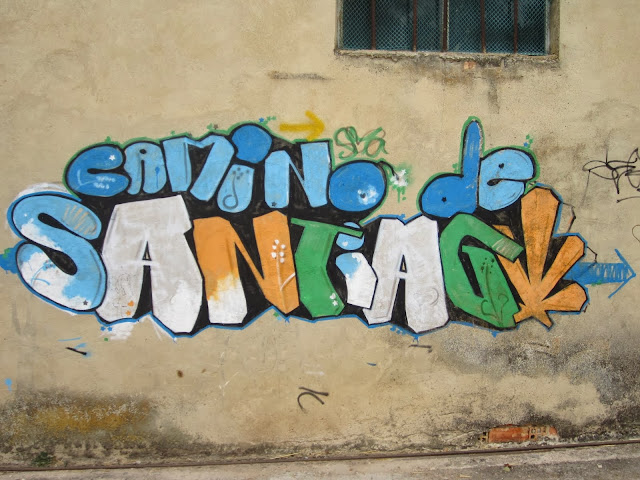
Routines are very natural and common in our lives. I have many of them, including eating the same Kashi cereal almost every day. I find the best way to disengage the autopilot and take over the aircraft is to put myself in an environment or a situation where my comfort boundaries are stretched, pulled, and shattered.
It also sounded like an awesome trip––a historic route walked by millions since the Middle Ages, with hostels to stay in along the way and an official Compostela certificate to receive from the cathedral at the end.
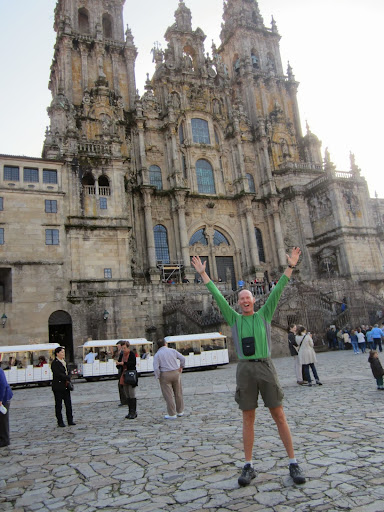
I was attracted to the physical challenge of it. I’d been on cycling trips in Europe before, but this would be something new. It was epic in scale, starting in France, crossing the mountains into Spain, then cutting across Don Quixote plains to the coast. Despite my size and fitness, I wondered if I could do it.
I wanted the alone time for an interior journey. Although I had quit drinking 12 years before, I was still recovering from the aftermath of a long unconscious youth. I had retired early and wanted to contemplate how I was spending the time I had earned for myself. Most of all, I wanted to think about the love of my life, our four-year relationship, and where it was going.
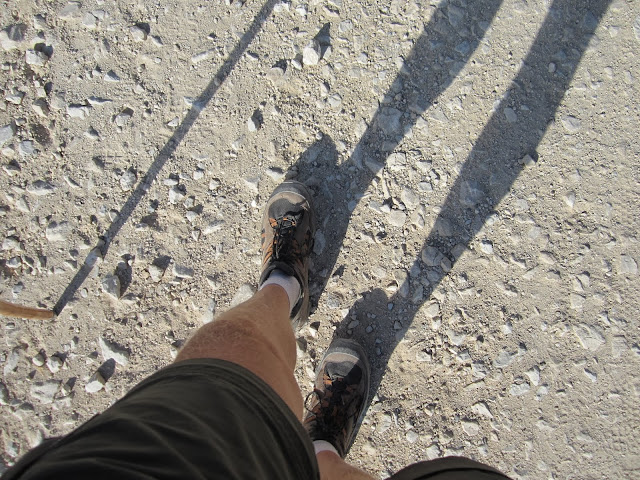
“The first third of the trip is for the body, the second third for the mind, and the last third for the soul,” the Camino saying goes. It was all that for me.
The route began with St. James the Greater, one of the 12 apostles chosen by Jesus to spread Christian teachings to all nations. St. James is believed to have traveled to northern Spain. In 44 A.D., he returned to the Holy Land and was promptly beheaded by King Herod and made a martyr. Legend says disciples stole his body, placed it in a sarcophagus of marble, and transported it to the Iberian Peninsula via a small ship. When the ship sank, his body washed to shore where it was covered and preserved by scallop shells (another symbolic meaning for the scallop shell that I carried on my pack). When found, the body was quickly buried in a non-descript tomb.
In the ninth century, the St. James legend continued when a shepherd named Pelayo was drawn to a certain field by a shining star. The Latin word compostela refers to the “field of the stars.” A bishop was notified of this event and initiated an investigation into what was believed to be the body and relics of St. James found at the site. King Alfonso II declared St. James to be the patron saint of the region and built a chapel on the site that eventually became the Cathedral of Santiago de Compostela.
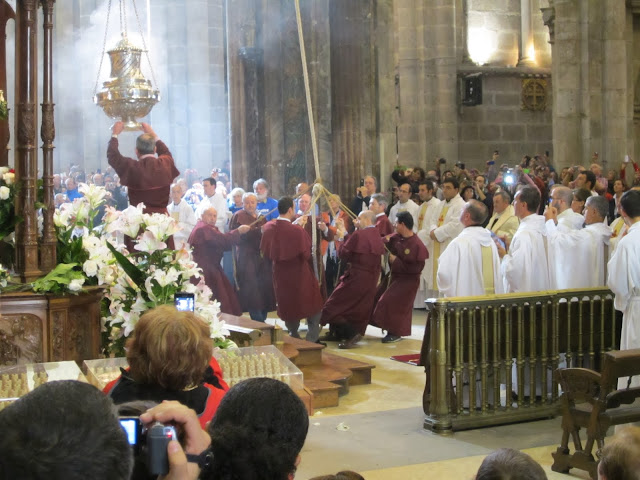
Today, at least nine established routes converge at the apostle’s tomb in Santiago. The internal grooves on the scallop shell come together at the base as a metaphor for the different trails. Most modern-day pilgrims walk the Camino Francés (The French Way). The roughly 500-mile walk begins in St. Jean Pied-de-Port. A strong infrastructure has developed to support the estimated one million additional pilgrims who have made the pilgrimage in modern times. These numbers are exploding, with an estimated 200,000 pilgrims arriving in Santiago in 2012.
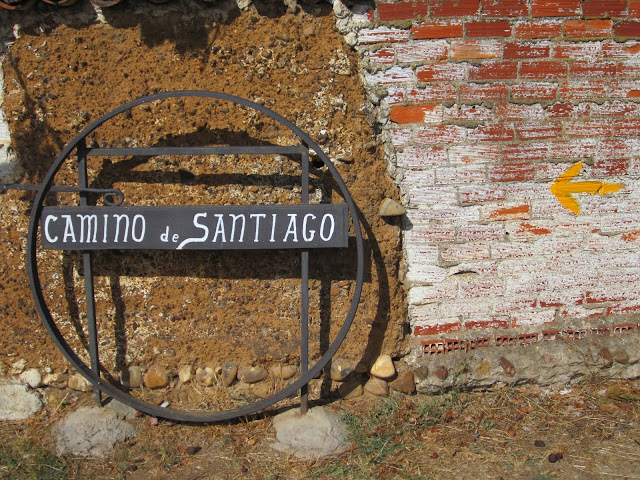
The modern-day walkers come in all sizes and shapes from every corner of the planet. Some seek religious affirmation while others aspire to a spiritual awakening. Many are there solely for the physical challenges of the adventurous journey. It provides an appealing escape from the day-to-day routines of our busy lives.
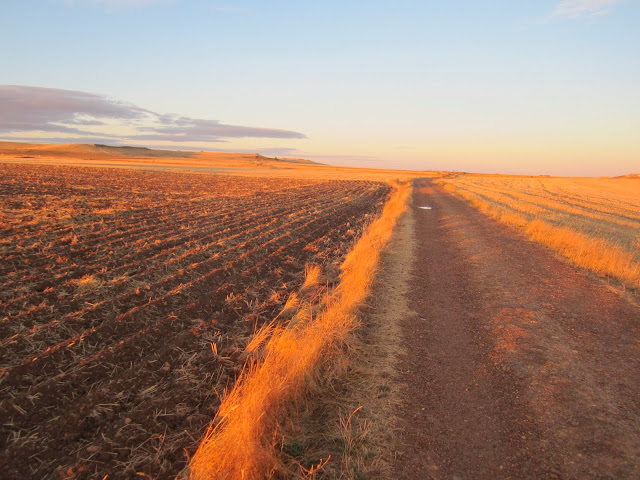
I had no eureka moments on the Camino. At kilometer marker 348.6, I uncovered no little vault with all the answers to life. Instead, just like life, I experienced a series of meaningful and small insights. I believe we all have an internal light, and the Camino acts as a rheostat to greatly increase the intensity. With care and awareness, I hope to keep that light glowing brightly until my last breath.

I continue to treasure the small moments that make up each and every day. A simple smile, a nice cup of coffee, a beautiful sunset, or some random act of kindness provides fuel for my light. When it all becomes too hard, I still use my “Refresh” move, walking in a circle, with or without my walking stick, to get a completely new perspective.
I am letting go of worry. Chronic worrying is detrimental to happiness. It is impossible to be happy and to worry at the same time. It is like trying to view a sunset with pirate patches covering both eyes.
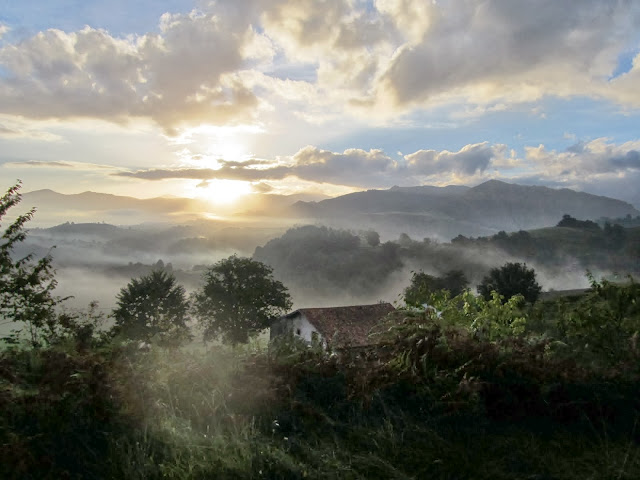
For many years, people had extolled the virtues of deleting worry from my life. This was easy to say, but difficult to implement. During my million steps of reflection on the Camino, I spent some quality time focusing on the significant portion of my life that had been completely wasted on worrying about things outside of my control. The only thing we ultimately control is our reaction to events in our lives. I am spending much more time aligning myself with what is happening as opposed to trying to control what will or will not occur.
Another of my foundations for keeping the light aglow is to live in the Now. It is impossible to eliminate the past or avoid all pleasant or unpleasant memories. However, when I visit my past now, I try to go in, learn, and get the hell out! I am not going to be anchored by some event or trauma from my past. The same goes with the future. While hopes and dreams for a bright forecast are always present, I refuse to walk the rest of my life with eyes solely focused on the horizon. I yield to the current moment.

The Camino strengthened my relationships with friends, family, and myself. While meeting many friends from various nations made the trip a wonderful experience, the most enriched friendship I developed was with myself. It was a joy to rearrange my emotional backpack. My spiritual awakening made me realize that we are all connected and have a purpose. I am much more open to letting people into my life, and more importantly, to learning about their lives.
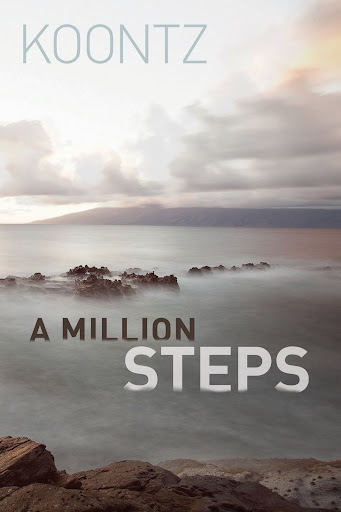
Kurt Koontz is the author of A Million Steps, a book about his journey on the Camino de Santiago. www.kurtkoontz.com @kurt_koontz
All photos courtesy and copyright Kurt Koontz
